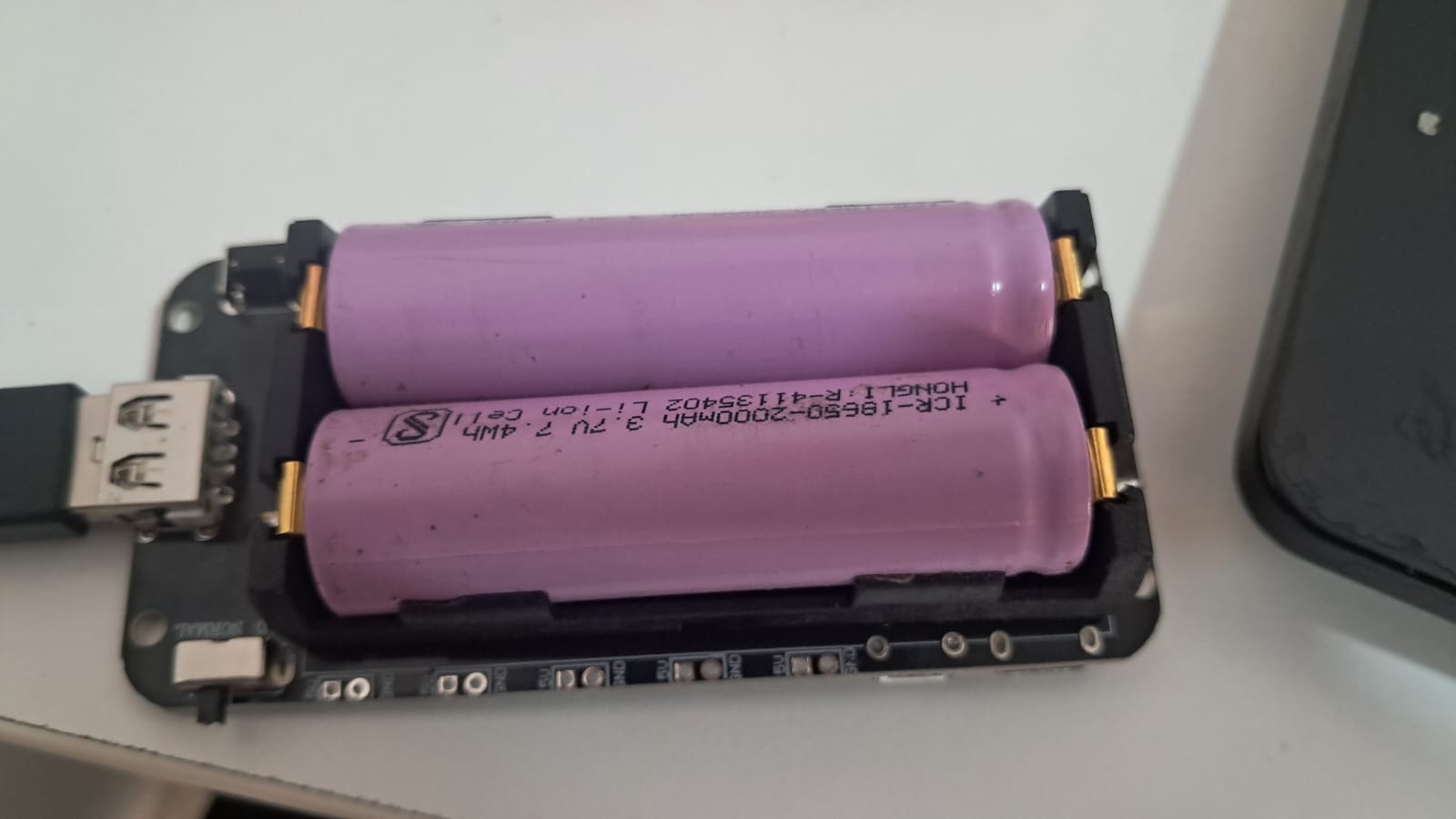People in IT jobs working from home sufffer .The electricity goes of in the rainy season
Whenever the electricity goes off, automatically a renewable source should turn on electricity
Morachi Chincholi, Mahrashtra
Solution
| Component | Description |
|---|---|
| Technical Components | ### Comprehensive Analysis and Solution for Off-Grid Power Plant for a 3BHK House #### 1. **Technical Components Needed** To meet the requirements of providing renewable power during grid outages, especially in the rainy season, for a small 3BHK house, the following components are essential: 1. **Solar Power System** (Renewable Energy Source): - **Solar Panels**: Photovoltaic (PV) panels to convert sunlight into electricity. Since the rainy season is a concern, the system should be sized to account for reduced sunlight. - **Charge Controller**: To regulate the voltage and current from the solar panels to the battery bank. - **Battery Bank**: To store the energy generated by the solar panels for use during power outages. - **Inverter**: To convert the DC power from the battery bank to AC power (220V) for home use. - **Automatic Transfer Switch (ATS)**: To switch between grid power and solar power automatically when the grid power fails. 2. **Backup Generator (Optional)**: - A small biodiesel or biogas generator could be considered as a backup if solar power is insufficient during prolonged rainy periods. However, this is optional and not strictly needed if the solar system is adequately sized. #### 2. **Recommended Tech Stack** The recommended components should be compatible with the 220V grid and should be able to seamlessly integrate with the home’s electrical system. Key specifications include: - **Solar Panels**: Monocrystalline (for higher efficiency in limited space). Capacity: 3-5 kW (depending on energy needs and sunlight availability). - **Battery Bank**: Lithium-ion batteries (for higher efficiency and longer lifespan). Capacity: 5-10 kWh (enough to power essential loads for several hours). - **Inverter**: Pure sine wave inverter with a capacity of 3-5 kW, compatible with 220V AC grid. - **Charge Controller**: MPPT (Maximum Power Point Tracking) type for optimal efficiency. #### 3. **Detailed Implementation Steps** 1. **Assess Energy Needs**: - Calculate the total power consumption of the house during an outage (essential loads like lights, fans, refrigerator, etc.). - Estimate the daily energy consumption (kWh) and the required battery capacity. 2. **Design the System**: - Size the solar array to generate enough power to recharge the batteries daily, considering local sunlight conditions (including rainy season reductions). - Select a battery bank with sufficient capacity to power essential loads for the desired duration (e.g., 8-24 hours). - Choose an inverter with a capacity that can handle the peak load of the house. 3. **Install Solar Panels**: - Install the solar panels on the roof or in an area with maximum sunlight exposure. - Wire the panels in series or parallel to match the voltage and current requirements of the charge controller. 4. **Install Battery Bank and Inverter**: - Place the battery bank and inverter in a dry, ventilated area. - Connect the solar panels to the charge controller, then to the battery bank. - Connect the battery bank to the inverter. - Connect the inverter output to the home’s electrical panel through an ATS. 5. **Install Automatic Transfer Switch (ATS)**: - The ATS should detect grid failure and automatically switch the home’s power source to the inverter. - When grid power is restored, the ATS should switch back and recharge the batteries if needed. 6. **Test the System**: - Simulate a grid outage to ensure the ATS switches to the inverter and that the essential loads are powered. - Verify that the system can sustain the load for the required duration. #### 4. **Required Technical Learning** 1. **Solar Energy Basics**: - Understand how solar panels convert sunlight to electricity. - Learn about solar irradiance and how it affects energy production. 2. **Battery Technology**: - Understand the types of batteries (lead-acid vs. lithium-ion) and their characteristics. - Learn about battery capacity, depth of discharge, and lifespan. 3. **Electrical Systems**: - Understand AC and DC power, inverters, and how to size them. - Learn about wiring, safety, and electrical codes. 4. **System Design**: - Learn how to calculate energy needs and size the solar array and battery bank accordingly. - Understand charge controllers and MPPT vs. PWM. #### 5. **Budget Calculation** **Hardware Costs**: 1. **Solar Panels** (3 kW system): - Solar panels: 10 x 300W panels = 3 kW. Cost: $3000 ($1/W). 2. **Battery Bank** (5 kWh lithium-ion): - Cost: $2500 ($500/kWh). 3. **Inverter** (3 kW pure sine wave with ATS): - Cost: $1000. 4. **Charge Controller** (MPPT): - Cost: $500. 5. **Mounting Hardware and Wiring**: - Cost: $500. 6. **Installation Labor**: - Cost: $1000 (assuming professional installation). **Software Costs**: - None (unless monitoring software is desired, which may cost $100-$200). **Maintenance Costs (First Year)**: - Minimal (cleaning solar panels, checking connections). Estimated: $100. **Total Estimated Budget**: - Hardware: $3000 + $2500 + $1000 + $500 + $500 + $1000 = $8500. - Software: $0 (assuming no monitoring software). - Maintenance: $100. - **Grand Total**: $8600. #### Notes: - Costs can vary significantly based on location, quality of components, and labor rates. - This estimate assumes a basic system without advanced monitoring or grid-tie capabilities. - Government incentives or subsidies for renewable energy may reduce the net cost. |
| Key Features |
Feature: Renewable power source
Format: Physical renewable energy unit Usage: Generate power
Feature: Use with normal220V grid
Format: Plugging in Usage: User uses it with normal grid |
| Implementation Steps | First generate power enough for home battery stores the energy sends it to the normal home connections |
